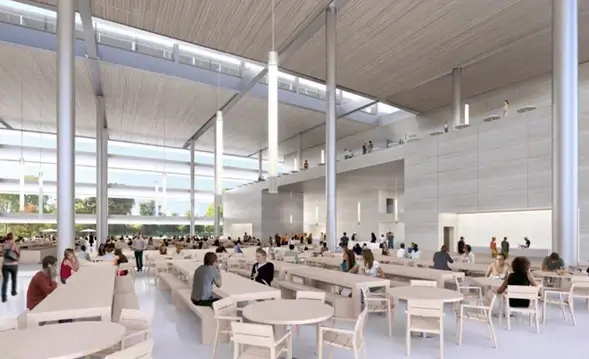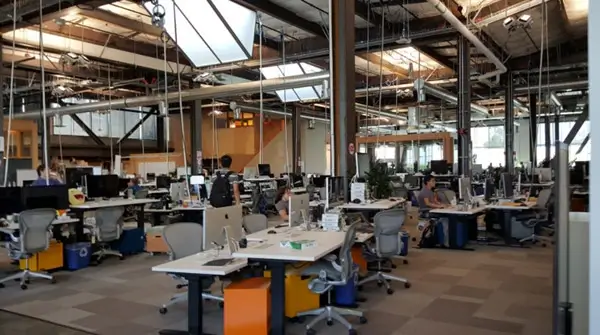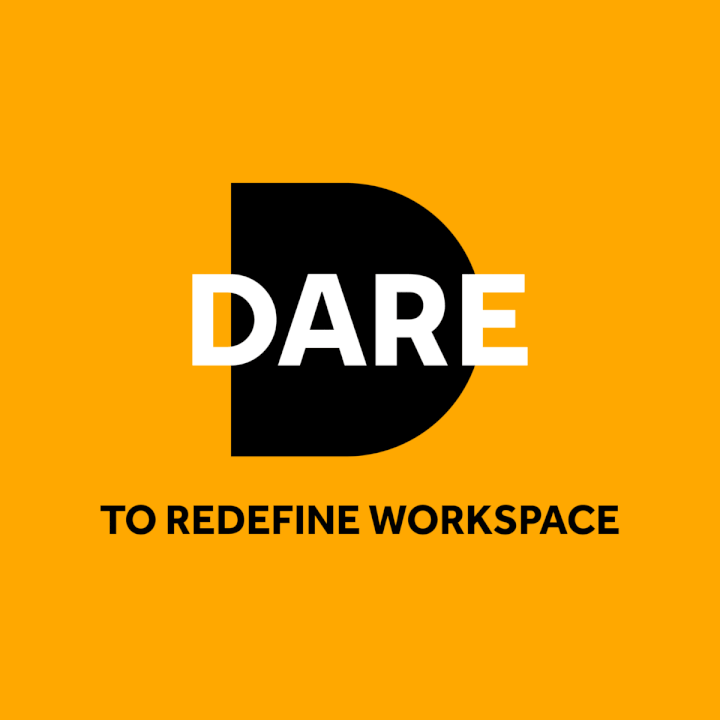Innovation and creativity are now highly valued traits in almost any industry. There has been a whole business philosophy shift, where once organisations sought the steadfast, loyal, reliable and obedient employee, employers now seek out employees with strong creative thinking and the ability to innovate. In recognition of the pace at which business and markets change, business now need to constantly innovate and evolve just to maintain status let alone get ahead of the competition.
If we look at the Smart phone industry as the perfect example RIM the makers of Blackberry were once leaders in the field at the pinnacle of this market. Their speedy decline has been attributed to many factors the most significant of which is that they failed to Innovate. “Apples fostering of a culture of innovation internally is one of the main reasons competing with it is so hard” and why it is so successful. These shining examples of what can happen if your business is not constantly innovating versus what happens if it is have sent shockwaves through many industries and has resulted in a stampede to acquire innovative and creative talent. It is now accepted that “A company’s ability to innovate stems directly from the culture cultivated internally” So how do you cultivate this innovative culture? There are strong trends that indicate most companies believe that to foster this innovative culture internally they need to:
- Attract Talent – not staff, gone are the HR Hiring Managers, replaced by Chief Talent Officers companies want “Talent” creative and innovative people
- Employ Youth specifically the Millennials- Of course people from other generations don’t know how to innovate? and people over the age of 40 have clearly never had an innovative idea?
- Implement creative friendly policies – freedom of where and how you work
- Develop an aspirational brand – Be something people want to be part of and are proud to work for
- Provide a conducive working environment – Create a place people want to be, like and are proud of.
Providing a conducive working environment is key to the other 3 aspects of creating a culture. Any Chief talent officer will tell you that their job to recruit Talent will be made so much more difficult if their office space is not appealing. We are repeatedly told that millennials don’t want to work like older generations or be confined to a traditional working environment. The workplace enviorment now provides a variety of worksettings in support of new policies and the Office environment also makes a clear statement on the brand to both staff and visitors. So it can be deduced that providing a working environment that inspires creativity and innovation will contribute to a company’s ability to be more innovative and thus more successful.

The worker bees in the proposed new apple hive
Providing a conducive working environment is key to the other 3 aspects of creating a culture. Any Chief talent officer will tell you that their job to recruit Talent will be made so much more difficult if their office space is not appealing. We are repeatedly told that millennials don’t want to work like older generations or be confined to a traditional working environment. The workplace enviorment now provides a variety of worksettings in support of new policies and the Office environment also makes a clear statement on the brand to both staff and visitors. So it can be deduced that providing a working environment that inspires creativity and innovation will contribute to a company’s ability to be more innovative and thus more successful.
“Google and other leading tech companies have invested millions of dollars hiring psychology experts to understand how good office space design can be exploited to create positive economic returns”[2] They have invested even more on building these environments but are the environments delivering the returns, achieving the goals of creating a more innovative culture and workforce?
It is hard to measure, Innovators make up only 2.5% of the population (Rodgers 1971) so what companies are trying to achieve is to make non innovators more creative. “Hiring managers indicate that creativity and innovation will be among the most “in-demand” skills over the next 12 months (41 percent)”[3] so we need to create environments that help to convert non innovators to innovators.
There is the belief that “Sometimes, too serious a mind-set can hinder creativity. Having fun during work allows one to be relaxed and that’s where one tends to get inspired with wonderful ideas. Needless to say, a stressful or even depressing work environment doesn’t give one the mood to think of doing things differently. The employee would only look forward to the end of the day”[4] And so was born the “Google Workplace Style” full of fun and resembling something more akin to a preschool or playground than an office. So has it worked? Does the fun office playground generate innovation? I believe not. If anything it is the policies like Googles 20% policy that allows developers to spend 20% of their time on side projects that are helping to generate the ideas not the environment.

Google’s Sydney conducive creative environment
Innovation and ideas are often born out of hunger and desire to both make things better and to succeed. So wrapping employees in such a perfect bubble with an environment where their every whim is catered for may be just too comfortable and build complacency, what is left to aspire to?
Many may laugh at the old traditional hierarchical workplaces and say they are the past but they did create a desire to succeed and an ethic of working towards a goal it meant that graduates joined a team in a lowly position at a small desk in an unattractive corner of the office but the trappings of success were clearly visible you could work your way up to owning your own piece of real estate, a large private office. For many this motivator simply does not exist anymore.
For employees to be innovative companies must invest in and be visibly seen to reward innovation and new ideas. Does the current egalitarian workplace allow this? In most societies ownership of a space is aspirational, people aspire to owning their own home, where they can be themselves and feel happiest “Generally, positive mood has been found to enhance creative problem-solving and flexible yet careful thinking,” said Ruby Nadler, a graduate student at the University of Western Ontario. She and colleagues Rahel Rabi, also a grad student, and Dr. John Paul Minda carried out the study published in the journal Psychological Science. So why is the current trend in workplace design to remove space ownership? Allowing people to own the space, personalise it and truly make it theirs will make them feel even happier and less likely to want to leave the space so it will not only encourage creative thinking but also a sense of loyalty.
It is my view that no matter how many slides, igloos and fun elements we inject into workplaces to make them more appealing to staff as long as we are still providing rows and rows of uniform desks, allocating the same desk to each employee and expecting them to work at the same desk in the same position and environment as their co-worker then the workplace environments we are building are stifling creative thinking.
Imagine a working environment where all the communal spaces are provided but where a new recruit is given an area of floor space and told this is your workspace you are free to make it into whatever you want and given access to a catalogue of elements they can use to create “their space.” Some employees may choose to leave their space empty others may build a fortress to isolate themselves in but each individual would be free to express themselves, the resultant environment would have the potential to be full of employee creativity that could inspire others. Visibly rewarding creativity and innovation will also be possible in this scenario, by allocating more appealing plots and access to a premium catalogue of elements to the most innovative or creative employees.
Workplaces have a long way to go before anyone can claim that they are conducive to creative thinking and innovation.

Inside Facebook’s new inspiring world





